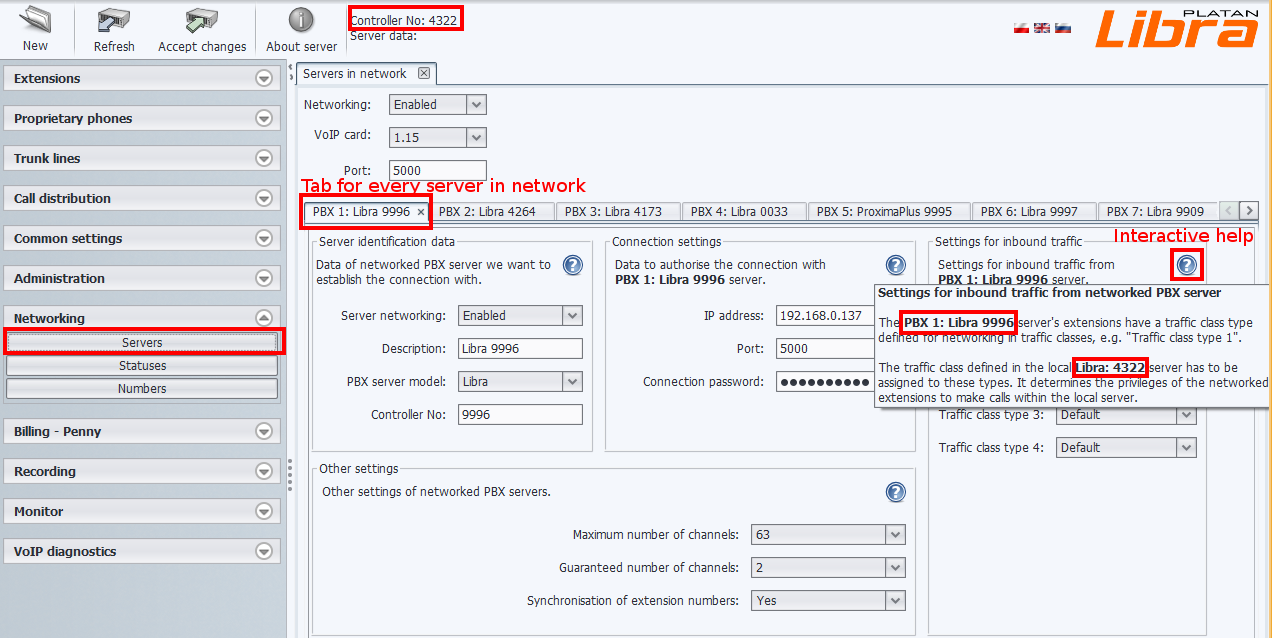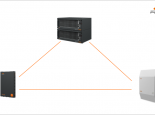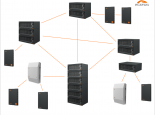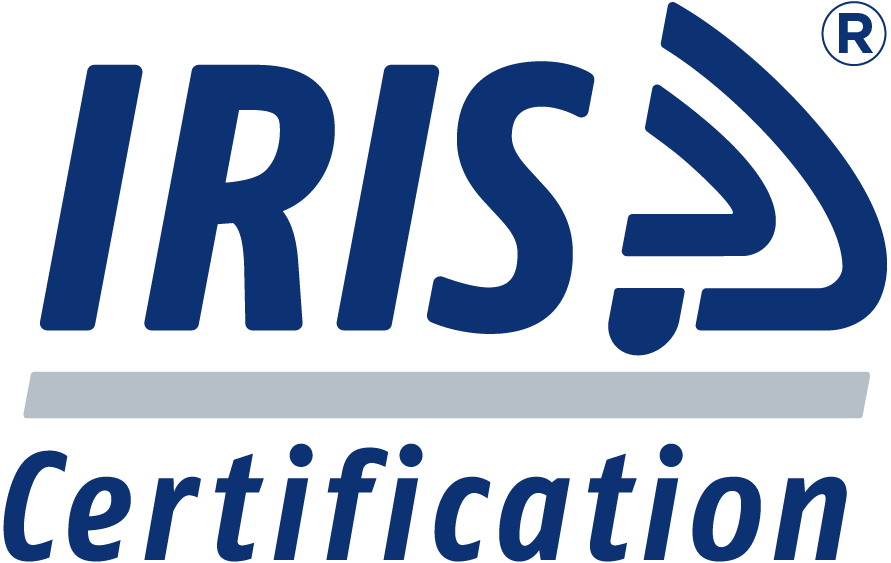Networking
Networking serves to link two independent PBX servers by IP network in order to create one bigger, coherent system. Its extensions (subscribers, users), even from distant locations, are considered as if they were in one place. They also take advantage of numerous possibilities offered by PBX systems, such as easy and free of charge internal communication.
Create corporate network of PBX systems if you have:
- a thriving company
- branch offices in one or many countries
- organisation located in several buildings
Create a network of up to 16 Libra PBX Servers , Proxima plus and/or Proxima IP PBX Servers, to obtain a coherent telecommunication system supporting even up to 16 thousand users.
Thanks to the networking of Platan systems you can:
- benefit from free-of-charge calls among the company's users, using any kind of phones;
- establish free-of-charge teleconferences among the scattered branches or departments;
- reach anyone within a company, just by dialling a short extension number;
- monitor the availability of employees on proprietary and IP phones (NEW!);
- create the Hunt Groups gathering users from different locations, for instance to ensure the reserve employees from other locations to answer the incoming calls in the moments of intense traffic (NEW!);
- have company's one leading number, with different endings for employees or departments;
- use PBX functions within the whole system, e.g. call transfer or forward;
- have all employees' phone numbers in one global phone book (to appear soon);
- know always who is calling, even if the call has been transfered;
- minimise the telecommunication system's maintenance costs;
- control time and cost of telephone calls made in the whole company;
- create the professional company image by coherent system of announcements within the Intelligent Call Distribution.
Improvements for installers and integrators
Networking of Platan PBX systems was created also with the idea to facilitate the work of installers and integrators of telecom systems. These improvements include among others:
- system elasticity that makes it possible to link any PBX system and any equipments, where the further expansion is also easy:
- Proxima, Proxima plus, Libra STD and Libra PBX servers;
- casings for RACK ITC or wall-mounted;
- one and multiple unit systems;
- any type of lines (analogue, ISDN digital, IP) together with accessories and software;
- diversified capacity of networked system – from two servers for several dozen of users up to even 16 servers in any combination, supporting jointly up to 16 thousand users;
- up to 63 VoIP channels between linked servers (the server in the network must be equipped with VoIP card; VoIP channels are licenced separately);
- possibility of setting maximum and guaranteed number of channels for connections between each pair of networked servers;
- user-friendly software (LibraWeb/ProximaWeb interface) with handy help that facilitates the configuration of the whole system, also remotely;
- automatic synchronisation of extension numbers within a network of PBX servers (option) – when this synchronisation is enabled, the server temporarily downloads the information about the extension numbers from all other servers, so the changes made (e.g. adding or deleting numbers and their privilages) are automatically distributed within the whole system;
- disabling the automatic synchronisation between a pair of servers that makes it possible to block (permanently or temporarily) the exchange of extension numbers between them, and thus to block the internal communication among their users;
- encrypted communication protocol for exchanging the data between the systems, that ensures the high level of security.
LibraWeb/ProximaWeb interface window with tabs that facilitate the configuration.
The interactive help for every setting.
[Proxima IP PBX Server since ver. 2.04.xx]
[Libra PBX Server since ver. 2.04.xx]
How to use it
The scheme below shows an exemplary integrated telecommunication system created for a city hall and the dependent units with the use of Platan systems networking. All units can communicate freely and can be managed remotely from one post.
The example shows the communication among all units (peer-to-peer) and coherent numbering plan (every server has different numbering range). Such system can be managed remotely, and the IP phones and smartphones can register in it as well.
The number of variant server connections is practically unlimited. Some examples are presented below. Even though the most frequently used option is the network of two or three servers from different locations, now it is possible to create even very extensive structures:
- with several equivalent servers, connected peer-to-peer,
- with main and dependent servers (e.g. from company branches), that communicate only with the main server and not to each other;
- combination of above variants, where main and/or dependent servers have their own subnetworks of PBX servers.















 print
print



